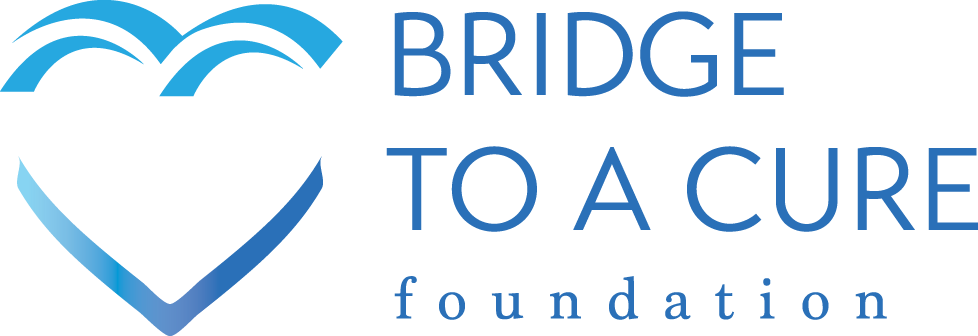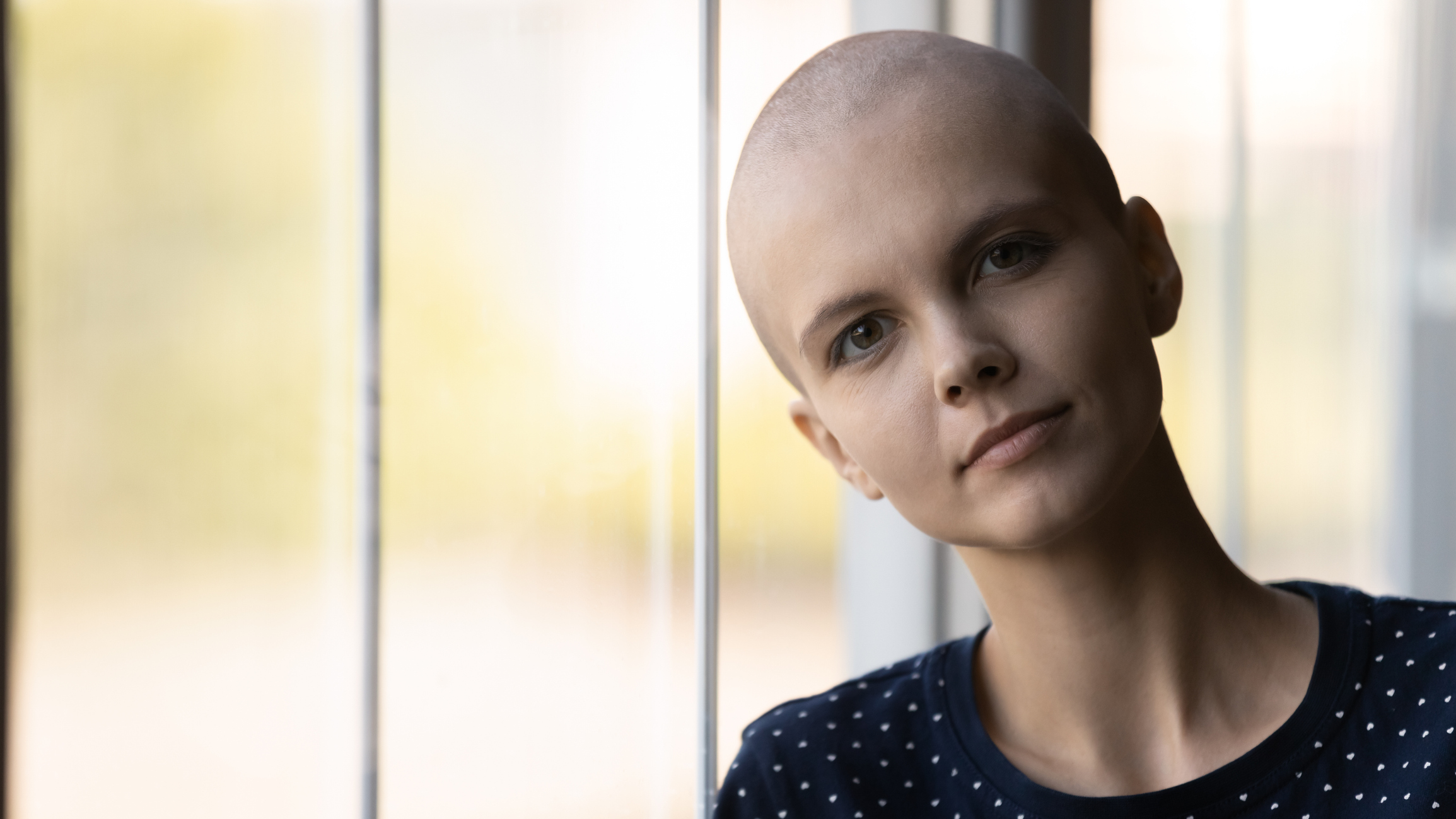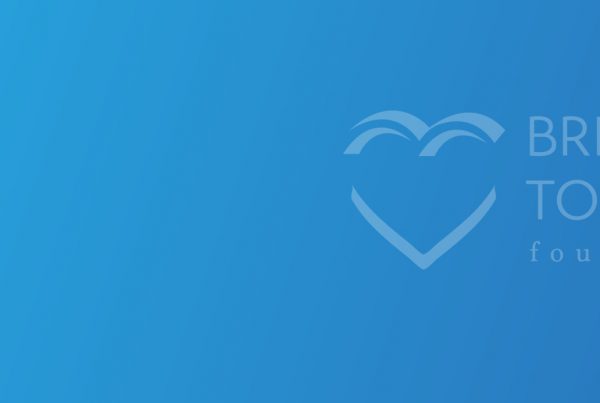The Childhood Cancer Data Initiative (CCDI) is one of the largest childhood cancer research initiatives to date—and will change outcomes for children for the better — forever.
A key Bridge To A Cure commitment continues to be in service to other initiatives, foundations, and organizations that prioritize progress toward cures over the siloed approach traditionally found in children’s medical research. Some of our dedicated, tireless partners such as the Children’s Brain Tumor Network (CBTN) and St. Baldrick’s Foundation continue to set examples for how researchers, clinicians, and foundations in the pediatric brain tumor space should work and engage. But, even with the efforts of these extraordinary organizations, we need all hands on deck to finally reach the major breakthroughs that can save kids’ lives.
An ambitious effort called the Childhood Cancer Data Initiative (CCDI) established by the National Cancer Institute has brought focus to the nation’s childhood cancer realm. This initiative has received $50 million per year in federal investment since its creation in 2020 and will be funded at that level for a decade. To improve treatments, build a strong database, and bring the childhood cancer community together, the CCDI breaks the mold of ego-driven research by incentivizing collaboration among everyone in the childhood cancer realm. And Bridge To A Cure coalition member CBTN is helping by providing expertise and infrastructure to this massive undertaking.
Two Years of Tremendous Strides
Although the work is far from over, the CCDI has made great progress in its goal of gathering and sharing data to allow for faster progress in childhood cancer treatments.
The initiative focuses on three main goals that align with Bridge To A Cure Foundation’s key imperatives. We applaud CCDI program focus and prioritization.
CCDI goals include:
- Gathering data. Every child receives a diagnosis, no matter where they are from or where they receive care.
- Speed diagnosis. Use clinical and molecular characterization to help inform treatments for our most vulnerable cancer patients.
- Bring clinical care and research data together. This will speed up improvements in preventative care, treatment, and quality of life for children suffering from cancer.
These are honorable goals. Let’s look at what the CCDI has accomplished recently because of these goals.
The CCDI Data Ecosystem
The first phase in the CCDI timeline focuses on developing a data ecosystem that includes a registry that can link patient data, which leads to tracking and informing current treatment options. Furthermore, systems could be put in place to simplify and automate data collection. With this foundation in place, technological tools can be developed which would make possible the interpretation of diagnostics imaging and prior patient reports.
One of the major tasks pediatric cancer researchers has to harmonize medical terminology and jargon. As it stands, disparate systems use their own acronyms and terminology, making it difficult for different data houses to communicate effectively. This is a barrier to effective research. With the work of CCDI, the possibility of a more universal model for a harmonized language becomes possible.
Generation of Childhood Cancer Data
Further expanding on the inherent goals of the CCDI, the initiative isn’t siloed or closed off. In fact, CCDI encourages participation from any health institution that is conducting childhood cancer research. On top of that, the organization supports funding organizations that also share data and contribute to the overall data ecosystem.
Another initiative—the Molecular Characterization Initiative (MCI)—is the national collaboration of the childhood cancer research community that assists in speeding up a diagnosis of cancer in children. That means patients are able to get the best treatments more quickly. Through MCI and the CCDI, the standard of care we all hope to see improve, can—by creating a comprehensive way to characterize rare and hard-to-treat variants for every single child suffering from a cancer diagnosis.
What We Are Learning
To develop better treatments for the thousands of children and their families who battle for their lives against an often deadly disease, a robust and complete data system is necessary. Bridge To A Cure Foundation honors those who are breaking the norms of the ineffective traditional approach to childhood brain cancer research. It is through initiatives like the CCDI that we will see improved outcomes for children in our lifetimes.
The CCDI is slated to grow and evolve its programs over time, remaining committed to the goals it holds. To learn more about CCDI progress, see their presentation from the recent joint meeting of the NCI National Cancer Advisory Board and the NCI Board of Scientific Advisors.






